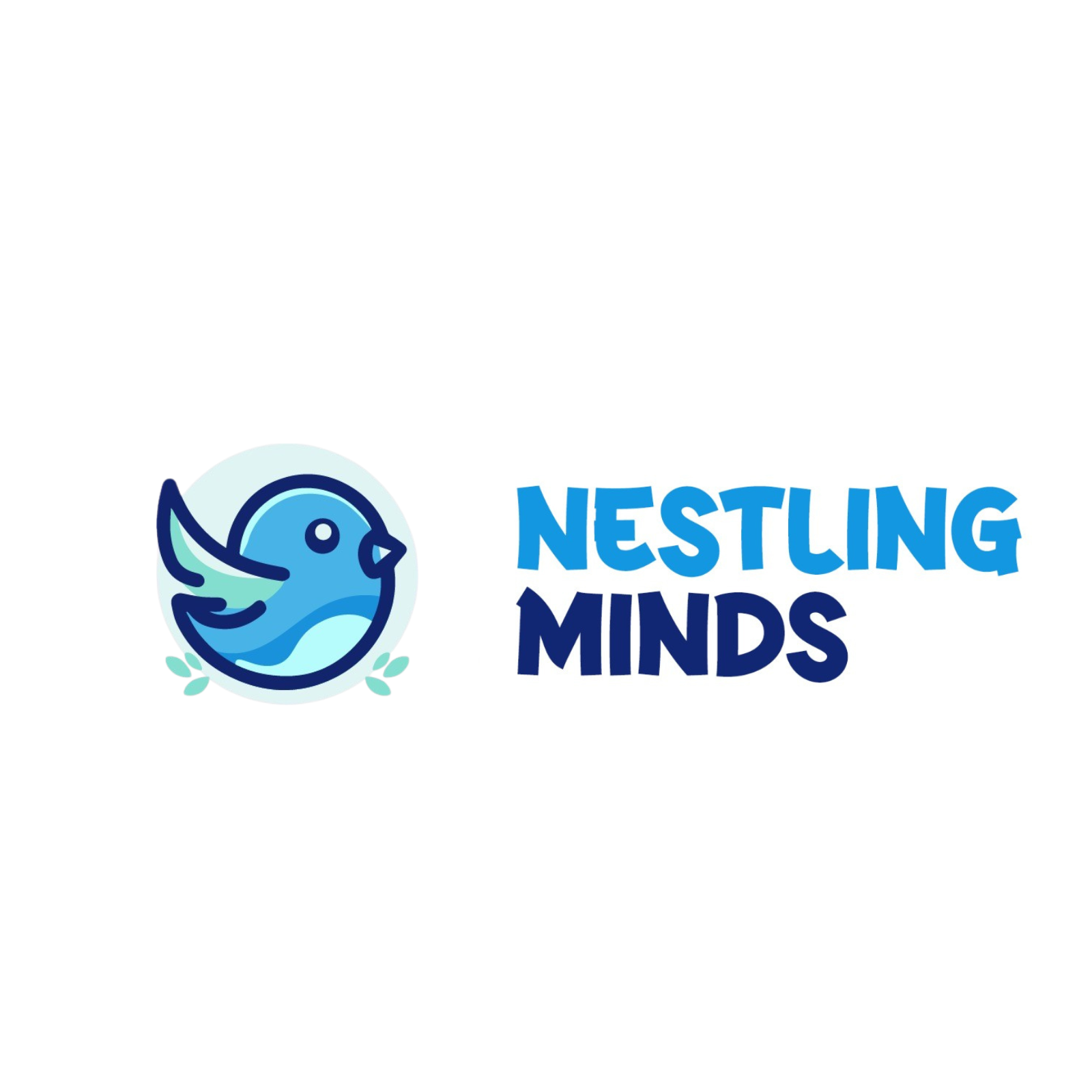A few years ago, I was in a school in Faridabad, conducting a session with 7th graders. Midway through a journaling activity on “What I wish adults understood about me,” one student—Aarav—quietly put his pencil down and began to cry.
At first, I thought it might be something minor. But what unraveled was months of suppressed stress, the pressure to be the “perfect” student, and never feeling safe enough to say, “I’m not okay.”
The most heartbreaking part? None of the adults around him—not teachers, not even his parents—had noticed. Aarav had mastered the art of hiding his struggles behind good grades and polite smiles. That day became a turning point, not just for him but for the way I approach mental health in schools.
The Emotional-Academic Link: Why It Matters
Children don’t learn in a vacuum. Emotions walk into classrooms long before textbooks do. A child who’s anxious cannot focus. A student battling low self-worth won’t raise their hand. A teen facing bullying might skip school altogether.
Studies in social-emotional learning (SEL) have shown that students who receive mental health support demonstrate improved academic performance, higher attendance, and better behavior. But beyond statistics, what we’ve seen in our own work at Nestling Minds is that when children feel safe and heard, they flourish.
In one of our partner schools, after implementing just eight weeks of structured SEL activities, disciplinary complaints dropped by 40%. A teacher shared, “My classroom feels lighter. The kids are opening up—and so am I.”
What Real Change Looks Like
Often, schools imagine that prioritizing mental health requires sweeping reforms. But in reality, small intentional changes can make a world of difference.
Here are some examples from schools we’ve worked with:
- The Feelings Check-In Board: At a Delhi school, students begin the day by placing their name under an emoji that represents how they’re feeling—happy, confused, anxious, sad. Teachers then adjust their engagement based on this feedback. A simple practice that builds emotional vocabulary and empathy.
- The Calm Corner: A Faridabad school set up a cozy area with bean bags, sensory toys, and mindful coloring sheets. Students could take a “quiet break” if overwhelmed. Teachers reported that this actually helped reduce outbursts, not encourage avoidance.
- Wellness Wednesdays: In another institution, we helped plan a weekly class on topics like self-esteem, handling peer pressure, and expressing anger safely. These weren’t lectures—they were conversations, led with warmth and curiosity.
Supporting the Adults, Too
Mental health in schools isn’t just about students. When we work with educators, we often begin with a simple question: “How are you feeling today?”
It’s astonishing how often that question has never been asked.
In one session, a teacher broke down as she shared the guilt of not being able to support a struggling student. Another admitted, “We’re told to care for our kids, but nobody’s taught us how.” That’s where capacity-building for teachers becomes vital—not just to help students, but to sustain educators’ own well-being.
A Simple Framework Schools Can Adopt
If you’re wondering where to start, here’s a 3-step model we’ve found effective:
1. Awareness
Host sessions to sensitize teachers, students, and parents to signs of mental health struggles. Make “talking about emotions” normal, not taboo.
2. Access
Provide spaces and people students can go to—counselors, mentors, mental health allies. Ensure confidentiality and consistent follow-up.
3. Action
Embed SEL into timetables. Run workshops on resilience, peer relationships, and digital wellness. Train staff in basic mental health first response.
Closing Thought: Not Just Marks, But Meaning
Aarav, the boy who cried during that journaling session, now smiles more. His teachers say he participates with a quiet confidence. What changed? He was seen. He was heard. And he was supported.
Mental health isn’t a luxury in education—it’s the foundation.
As educators, counselors, and school leaders, our job isn’t just to prepare students for exams, but for life. Let’s build classrooms where a child’s worth isn’t measured by marks, but by the strength of their voice, the safety they feel, and the courage to be their full selves.

